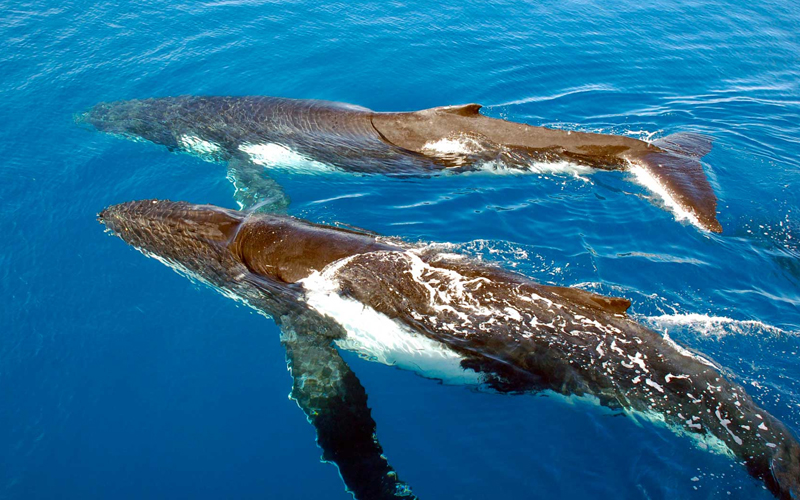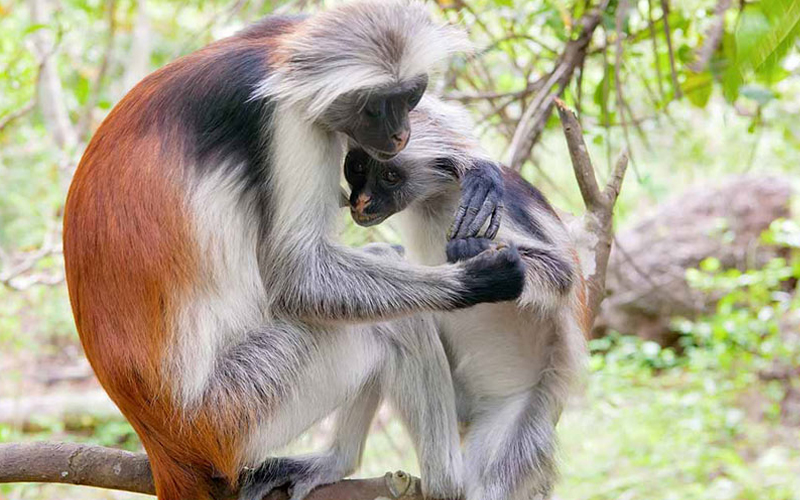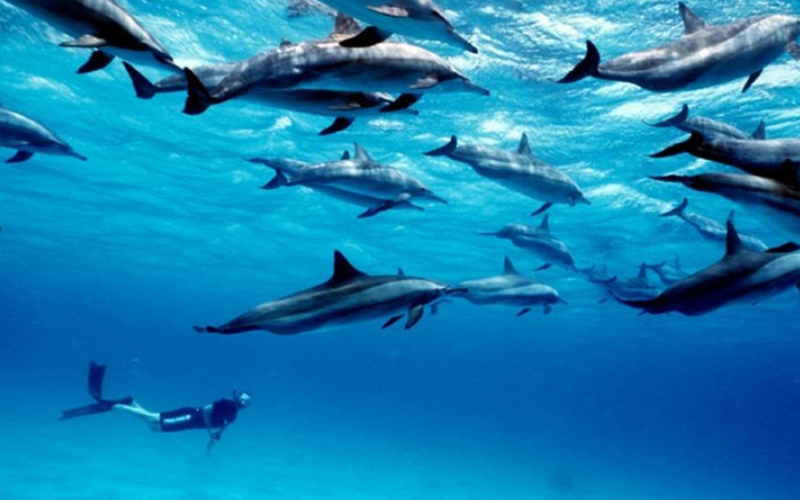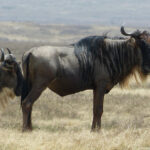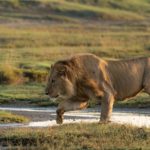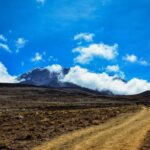Zanzibar, an archipelago off the coast of Tanzania, is renowned for its stunning beaches and rich cultural heritage. However, it is also a haven for wildlife enthusiasts. From unique terrestrial species to vibrant marine life, Zanzibar offers an extraordinary array of wildlife experiences. Whether you are exploring the lush forests or diving into the crystal-clear waters, here’s a comprehensive guide to the wildlife you can encounter in Zanzibar.
wildlife in Zanzibar
The Red Colobus Monkey
- Unique Primates: One of the most iconic species in Zanzibar is the Zanzibar Red Colobus monkey. These primates are endemic to the island, meaning they cannot be found anywhere else in the world. Characterized by their striking red fur and distinctive black-and-white markings, they are a fascinating sight.
- Jozani Forest: The best place to see these monkeys is in the Jozani Forest, the largest remaining natural forest on the island. This forest is part of the Jozani Chwaka Bay National Park, where you can take guided tours to learn about the monkeys and the conservation efforts in place to protect them.
Sykes’ Monkeys
- Charming Blue Monkeys: Sykes monkeys, also known as blue monkeys, are another primate species found in Zanzibar. These monkeys have a more widespread presence across Africa, but they are a common sight in Zanzibar’s forests.
- Behavior and Habitat: They are known for their playful and curious nature, often seen swinging through the trees in small groups. Like the Red Colobus, they inhabit the Jozani Forest, making it a prime destination for primate spotting.
Aders’ Duiker
- Rare Antelopes: The Aders’ duiker is a small, elusive antelope species that resides in Zanzibar. These creatures are critically endangered, making sightings particularly special. They have a reddish-brown coat and a shy disposition, often hiding in dense vegetation.
- Conservation Efforts: Efforts to protect and conserve the Aders’ duiker are ongoing, with Jozani Forest being a key habitat. Conservationists work tirelessly to preserve these rare antelopes and their environment.
African Civet
- Nocturnal Predators: The African civet is a nocturnal mammal that roams the forests of Zanzibar. With its distinctive spotted coat and raccoon-like face, the civet is an intriguing animal. They are primarily active at night, hunting for insects, small mammals, and fruit.
- Spotting Civets: While spotting an African civet can be challenging due to their nocturnal habits, guided night tours in Jozani Forest increase your chances of encountering these unique creatures.
Rich Birdlife
- Avian Diversity: Zanzibar is a paradise for birdwatchers, boasting a rich diversity of avian species. From vibrant kingfishers to majestic eagles, the island’s birdlife is abundant and varied.
- Top Birdwatching Spots: Mangrove forests, coastal areas, and the Jozani Forest are excellent spots for birdwatching. Keep an eye out for the Zanzibar red bishop, a striking bird known for its bright red plumage, and the African paradise flycatcher with its long, graceful tail feathers.
Spectacular Marine Life
- Coral Reefs: Zanzibar’s surrounding waters are teeming with life, making it a top destination for snorkeling and diving. The coral reefs are home to a myriad of marine species, including colorful fish, sea turtles, and dolphins.
- Mnemba Atoll: Mnemba Atoll, a marine conservation area, is one of the best places to explore Zanzibar’s underwater world. Here, you can swim alongside schools of fish, encounter gentle sea turtles, and even spot dolphins playing in the waves.
Dolphins
- Playful Mammals: Dolphins are a major attraction in Zanzibar, particularly around the southern part of the island. Bottlenose and humpback dolphins are commonly seen, and several tour operators offer dolphin-watching excursions.
- Responsible Dolphin Tours: It’s important to choose responsible tour operators who follow ethical guidelines to ensure the well-being of these intelligent creatures while providing an unforgettable experience.
Sea Turtles
- Endangered Reptiles: Zanzibar is also a critical habitat for sea turtles, particularly green and hawksbill turtles. These endangered reptiles can often be seen around the island’s beaches and coral reefs.
- Conservation Initiatives: Several conservation initiatives, such as the Nungwi Natural Aquarium, work to protect sea turtles by rescuing injured individuals and educating the public about their importance and the threats they face.
Octopus and Marine Invertebrates
- Fascinating Cephalopods: The coastal waters of Zanzibar are home to various marine invertebrates, including octopuses. These intelligent creatures are fascinating to watch as they change color and texture to blend into their surroundings.
- Snorkeling Adventures: Snorkeling in Zanzibar’s shallow waters can reveal a hidden world of marine invertebrates, from starfish to sea urchins, making it a diverse and exciting underwater adventure.
Whale Sharks
- Gentle Giants: Between October and March, the waters around Zanzibar offer the chance to see whale sharks, the largest fish in the ocean. These gentle giants are filter feeders, making them harmless to humans despite their enormous size.
- Seasonal Sightings: While sightings are not guaranteed, boat tours during these months increase the likelihood of encountering these magnificent creatures in their natural habitat.
Zanzibar’s wildlife is as diverse as its culture, offering a unique blend of terrestrial and marine experiences. From the rare Zanzibar Red Colobus monkey in the Jozani Forest to the vibrant coral reefs teeming with marine life, there is no shortage of wildlife encounters to be had on this beautiful island. Whether you’re a nature enthusiast, a birdwatcher, or a diver, Zanzibar promises unforgettable wildlife adventures.
FAQs
1. Where can I see the Zanzibar Red Colobus monkey?
You can see the Zanzibar Red Colobus monkey in the Jozani Forest, part of the Jozani Chwaka Bay National Park.
2. What marine life can I encounter while snorkeling in Zanzibar?
While snorkeling in Zanzibar, you can encounter colorful fish, sea turtles, octopuses, and various other marine invertebrates.
3. When is the best time to see whale sharks in Zanzibar?
The best time to see whale sharks in Zanzibar is between October and March.
4. Are there any endangered species in Zanzibar?
Yes, Zanzibar is home to endangered species such as the Aders’ duiker and sea turtles, which are protected by various conservation initiatives.
5. What bird species can I expect to see in Zanzibar?
In Zanzibar, you can see a variety of bird species, including the Zanzibar red bishop and the African paradise flycatcher.
For a rich and diverse Tanzanian adventure, explore the following highlights on our site:
- Cultural Tour
- Day Trip Tours
- Lake Manyara National Park
- Ngorongoro Crater
- Serengeti National Park
- Tanzania Honeymoon Safari
- Tanzania Luxury Holiday
- Tanzania Travel
Visit our page for detailed information and tips to plan your perfect Tanzanian journey.

